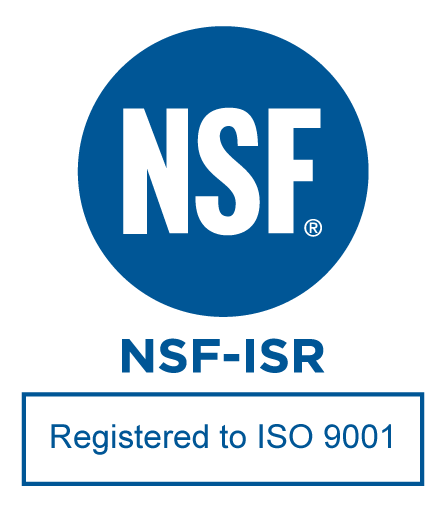Engineer Your Pneumatic Actuator for Application Challenges

As you consider the many actuators available from various manufacturers, you may need to look beyond off-the-shelf cylinders in order to satisfy a desired performance benchmark or stand up to a challenging operating condition. In these instances, you can choose to modify your actuator, specify special features or add accessories to achieve the performance or reliability your application demands. This blog post — the third in our series on interchangeable actuators — presents some common issues you may need to confront when choosing a pneumatic cylinder along with considerations to help meet the challenge:
When you need end position cushioning:
For low-energy applications with shorter strokes and slow speeds, elastomer bumpers can be integrated onto the piston head or into the head and cap of the cylinder body.
Another option — air cushions — protects the cylinder in applications requiring higher energy to support high speeds or a larger mass. Air cushions trap air between the cushion seal and the piston, forcing the air through a small exhaust orifice, creating a backpressure that slows down the piston before it reaches the end cap. Some air cushions come with a fixed orifice air pathway, but most are manually adjustable using a screwdriver. A third option — self-adjusting air cushions — sends the air through tapered slots in the cushion spear, creating optimal cushioning even when application conditions change.

When you need maximum force output:
Output force (F) = operating pressure (P) x the piston surface area (A)
Each of the variables in the equation can be changed. However, these changes present trade-offs:
Increase the operating pressure. While an obvious first choice, this strategy may cause you to hit compressor strength and pressure rating limits. And, using a stronger compressor will require more energy.
Increase the piston surface area. Consider this approach when you have static operating pressure. However, increasing the piston surface area may call for a heavier, more robust design as well as additional tie rods to support the larger loads as well as an expanded footprint.
Increase the piston surface area by adding more pistons to act on the piston rod. You can, for example, triple your force output by incorporating three pistons on a single rod. This strategy adds length to the cylinder but will maximize the force output in a given space on a machine.
When you need to maintain a specific orientation:
If your actuator has a small bore, adding a dual, or twin, rod is an easy choice. A non-circular-shaped rod can also prevent unwanted rotation. Choices include a circular rod with flats throughout the piston rod, hex-shaped rods for single-acting cylinders or square rods for double-acting cylinders. Non-circular rods can be hard to seal. A third option — internal guide pins — does not increase the cylinder’s footprint. Note that the pins are not meant to bear loads, so the rod can only handle a limited amount of torque.
You Don’t Have To Go It Alone
Choosing the right cylinder does not mean you have to go it alone. Manufacturers can assist you in a variety of ways, such as with online tools. For example, Fabco-Air’s online Configure & CAD Tool lets users select a product to configure from the ground up, option by option. Fabco experts are also available to provide support, and we excel at creating custom “specials” for hard to satisfy requirements. When your application involves challenges that exceed what’s possible with standard pneumatic actuators, Fabco-Air offers a broad lineup of cylinders, accessories, online tools and technical support to meet your needs while saving you time and effort.
For more information about specifying pneumatic cylinders, download our white paper.

